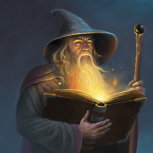Sign in to follow this
Followers
0

My Second Holster Completed
By
wizard of tragacanth, in Gun Holsters, Rifle Slings and Knife Sheathes

By
wizard of tragacanth, in Gun Holsters, Rifle Slings and Knife Sheathes